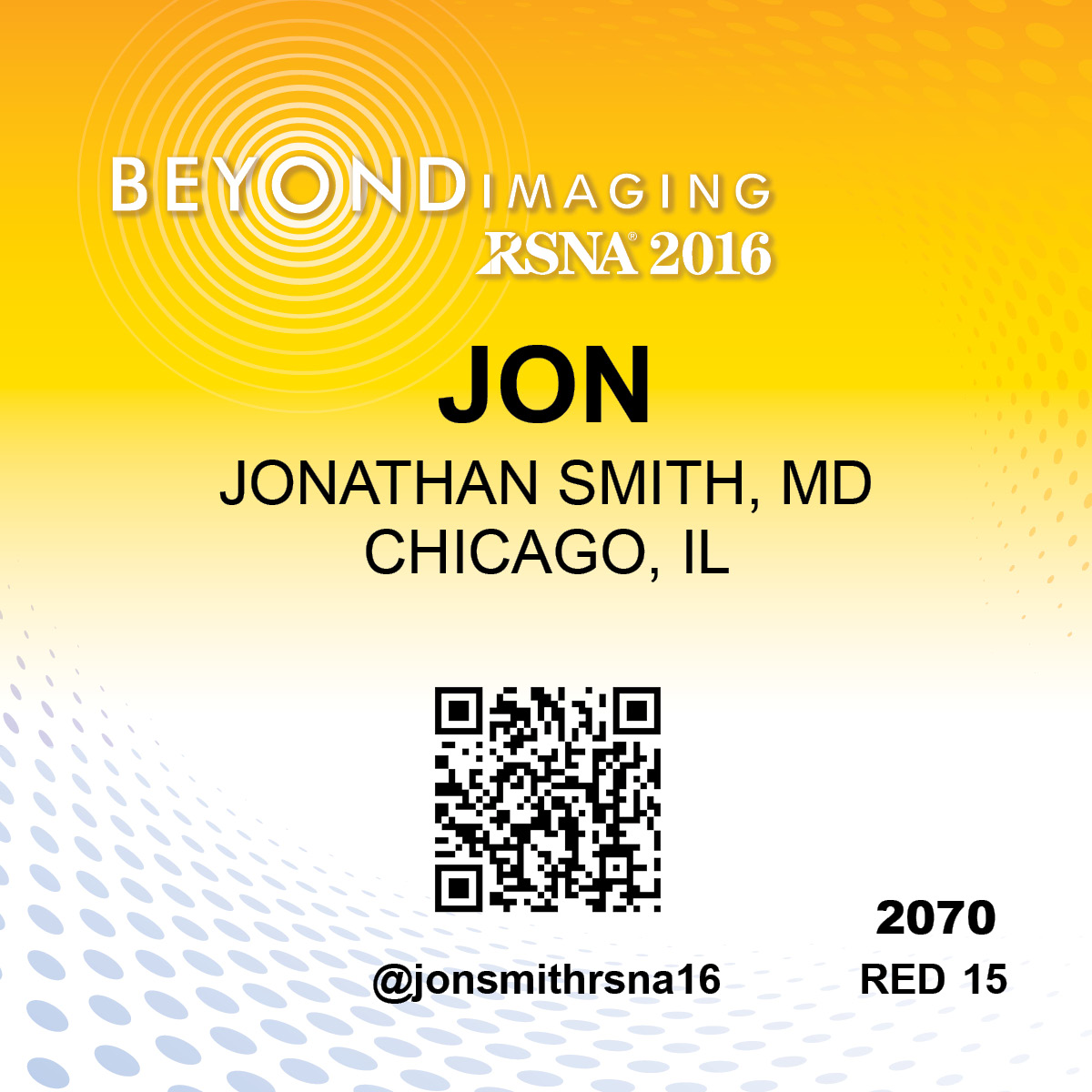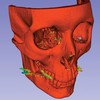Login
Login Issue:
There was an issue with the username or password you provided.
There was an issue with the username or password you provided.

|

|
By clicking yes, you will reserve a ticket for:
By clicking no, you will keep your ticket for:
Approximately 55 courses at RSNA 2016 require e-tickets for entry. By adding an e-ticketed course to your Agenda, you are reserving an e-ticket for that course.
Your Agenda allows you to add multiple items to your calendar so you can keep track of the things that interest you. However, you can only reserve an e-ticket for one course during a given time slot. When you select an e-ticketed course that conflicts with another e-ticketed course in your Agenda, you have the option to either switch your selection or keep the e-ticket for your original selection.
By visiting your Agenda, you can view a list of your e-ticketed courses and modify your selections by adding or deleting courses from your Agenda.
You will not receive printed tickets for any of your courses. Rather, your meeting badge will be scanned at the door for admittance.
Contact myagenda@rsna.org for more information or assistance.
Your meeting attendance has not been verified
To enable access to evaluate courses, claim your credits and access your certificate of attendance, verify your meeting attendance by:



Gaining Broader Perspectives Beyond Imaging

Evolution of Machine Learning Will Strengthen Radiology

Radiology Offers Lessons to Entire Medical Industry for Digital Transformation

R&E Foundation Announces Record Grant Funding in 2016

New Techniques Help Correct Metal Artifacts in CT Images

Resident Performance Benefits from 24/7 Attending Coverage

Personalized Breast Cancer Screening May Improve Outcomes, Reduce Exposure

System Inefficiencies Lead to Duplicate CT Studies

Outstanding Researcher and Educator

Open-source Software May Help Reduce the Cost of 3-D Printing

High Intensity Focused Ultrasound Helps Control Pain in Cancer Patients

Radiology Should Take the Lead in Improving Cybersecurity

Non-invasive Techniques May Improve Outcomes for More Heart Patients

Structured Reporting Among Methods for Improving Communication

Beyond Imaging: Radiology's Solutions for Patient-centered Practices: McKesson Helps Protect Patients from Cyber Threats
Monday At a Glance
RSNA 2016 Honorary Members
Annual Oration in Diagnostic Radiology Presented Today
RSNA 2016 Sessions Explore the Potential of Machine Learning
Press Releases
Special Interest Sessions Highlight Current Issues in Radiology
QI Storyboard Poster Walk, 3 to 4 p.m.
RSNA 2016 Sessions Go Beyond Imaging to Move Radiology Forward
Student Travel Awards Displayed in Learning Center
RSNA Membership Reaches 54,000
Question of the Day:
What correction factors do I need to convert CTDIvol to dose?
Tip of the day:
Just because a device is MRI compatible does not mean it will remain so, if it is altered. For example, a neurostimulator may be MRI conditional, but if the base unit is removed (but leads remain in the patent) that patient is not necessarily safe to scan anymore.
PDF(s):
© 2016 RSNA.
The RSNA 2016 Daily Bulletin is the official publication of the 101st Scientific Assembly and Annual Meeting of the Radiological Society of North America. Published Sunday, November 29 — Thursday, December 3.
Daily Bulletin Editorial Board and staff
The RSNA 2016 Daily Bulletin is owned and published by the Radiological Society of North America, Inc., 820 Jorie Blvd., Oak Brook, IL 60523.
Editorial Board
Managing Editor
Executive Editor
Executive Director
Assistant Executive Director: Marketing and International Affairs
Director: Public Information and Communications
Director: Corporate Relations
Production Manager
Production Assistants
Daily Bulletin Online
Question:
What correction factors do I need to convert CTDIvol to dose?
Answer:
At a minimum, you will need patient size and scan dimensions to approximate patient dose. Perfusion and time series scans need to be accounted for thoughtfully when the gantry is stationary.
